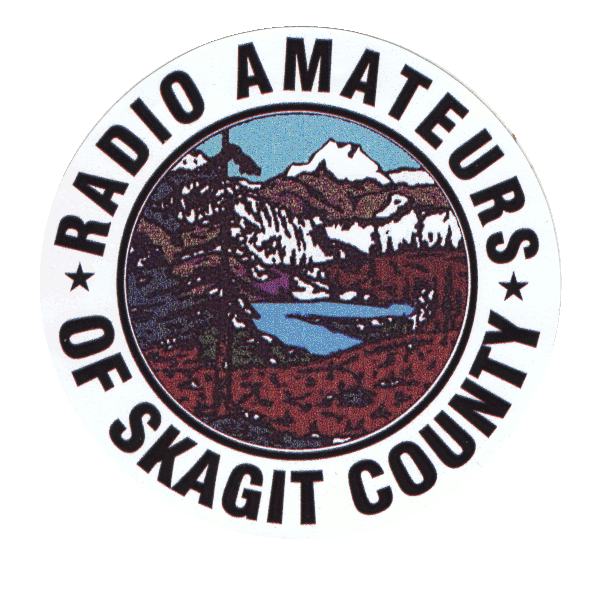Original post: July 6, 2020 | ARES Training posts, EmmComm Blog | Ric Merry
All of us at one time or another have had to either ask that or answer that. Right?
For ARES members it takes on a whole different angle. Do you have all you would need to survive a period of time in an emergency situation? Do you have what it takes to be an ARES volunteer radio operator? Below is a list of some simple things to make sure you are ready in the next emergency.
• Be prepared to operate. Check all your equipment and connections.
• Check in to your local emergency net. Be ready to deploy with your “Go” kit.
• Obtain a tactical call sign for your location/assignment.
• Initiate a personal event log. Keep track of all you do in a call out situation.
• Enter assigned frequencies on a log sheet or obtain a copy of the emergency frequency plan for your local ARES group. (ICS 205)
• Use a log form to record any messages you may handle. This is especially important for those deployed in areas that are other than an EOC for example.
• Use the official message form when a precise record is required. (ARRL Radiogram)
• Use tactical call sign for your location once assigned, and observe the FCC’s 10-minute ID rule.
• Monitor your assigned frequency at all times during the event, and notify your NCS if you have to leave your assigned location.
If you are a radio enthusiast that would like to know more about the situations or terminology in that list, make sure you contact either K7ITE (Ric) or KG7MYX (Michael) at your local club meeting. We are your ARES representatives for Skagit County. We would like to talk to you about what it means to be of public service in the radio community in Skagit County, WA.
KG7MYX
73

